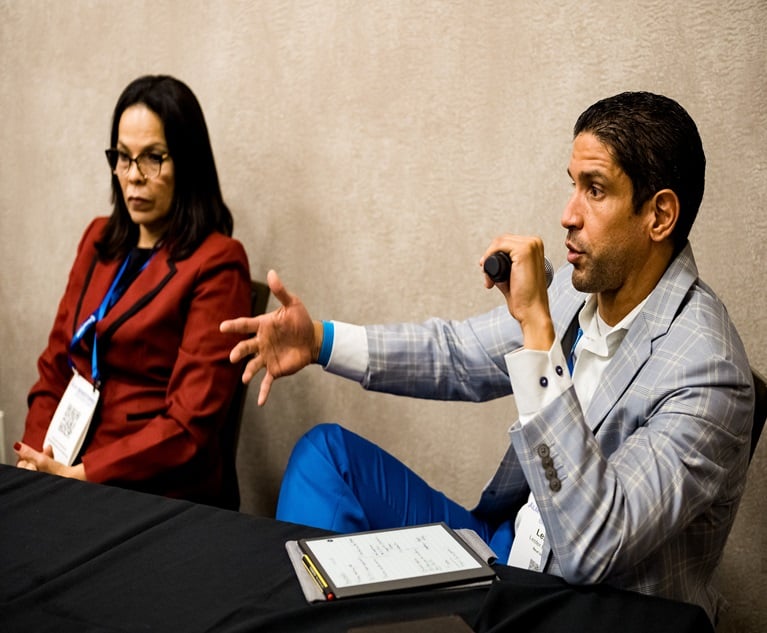My father-in-law drilled this mantra into me during my earlyyears in the insurance business: "The sale is not final until thecheck clears the bank." Getting paid for the insurance policies anagent sells is a crucial part of running a successful insuranceagency. The way agencies have handled the payment process has notchanged much over the years: Create and send an agency invoice,receive a check in the mail and deposit it in the bank. Direct billmoved some of the burdens of collecting money to the insurancecompany, but at the same time transferred some of our clients'loyalty from the agency to the insurer.
|Today's consumers are demanding more payment options than everbefore. These changing expectations of your clients require you tothink about the way you receive money for the policies yousell.
|According to the latest New York Federal Reserve study onnon-cash payments, the use of paper checks has dropped from 37.3%of transactions in 2003 to 18.3% in 2012 (the latest yearavailable). The use of debit and credit cards has correspondinglyincreased from 15.6% in 2003 to 47.0% in 2012.
|Mobile Payments Are on the Rise
|For the past decade, payment companies have been trying todetermine how to take advantage of mobile devices to makethe payment process easier. After some false starts, viable mobilepayment options are gathering steam. Worldwide mobile paymenttransactions totaled $235.4 billion in 2013, a 44% increase from$163.1 billion in 2012, according to the tracking firm Gartner.They project a 38% jump to $325 billion in 2014.
|Starbucks customers can download the company's app to theirphone, load it with a credit or debit card, and pay at most of thecoffee chain's 11,437 U.S. locations. They open the app, tap Pay,and wave their phone under a scanner at the counter. Mobile devicepayments now account for more than 11% of payments in U.S. andCanada stores. I use the app to pay at Starbucks and as a bonusreceive a gold star as part of their reward program. After 12 GoldStars I receive a free drink—a great example of increasing customerengagement.
|Other merchants have implemented variations on the Starbucksmodel. Sandwich chain Subway doesn't have specialized scanners attheir 26,000 U.S. locations, but their registers can print barcodesthat customers can scan with their phone camera to authorize anonline payment. Chipotle Mexican Grill's app helps customers orderfrom the road to avoid standing in the chain's long lunch-hourlines.
|In addition to reducing barriers to payment, the options providethese retailers a much better way to connect with customers. Italso provides insight into customers' long-term behavior.
|Apple's announcement of the availability of Apple Pay on theiPhone 6 and 6 Plus—which uses Near Field Communication (NFC) chipsin the phone—will continue the trend away from paper to electronicpayments. PayPal, Square (the little white dongle you add to yourphone or tablet to swipe a credit card), Amazon payments and GoogleWallet are all examples of new payment channels your insuranceagency should explore.
|Because of the widespread use of direct bill payments forpersonal lines and small commercial customers, agencies have givenup the ability to interact with their clients at one of their mostcommon engagement points: making a payment on their policy.Wouldn't it be better to present the customers with coverageupgrade options or round out the accounts after they paid theirbill?
|The insurance industry—both companies and agents—needs to createa way for customers to pay for their policies using their preferredpayment method. The industry needs to find a way to acceptelectronic payments as soon as possible.
|Mobile technology is revolutionizing the global banking andpayment industry at a rapid pace. These changes do offer newopportunities for engaging with your clients—if you're willing totake advantage of them. To help you understand the complex issuesthat the industry faces in order to create electronic paymentoptions, I have created a detailed white paper titled "It is Timeto Update Your Payment Process," available at steveanderson.com.This white paper will help you gain a better understanding of thepayment industry as well as the opportunities the insuranceindustry has to accept electronic payments.
|Steve Anderson is an authority on insurance agencytechnology, productivity and profitability. For more information,go to www.TheNationalAlliance.com.
Want to continue reading?
Become a Free PropertyCasualty360 Digital Reader
Your access to unlimited PropertyCasualty360 content isn’t changing.
Once you are an ALM digital member, you’ll receive:
- All PropertyCasualty360.com news coverage, best practices, and in-depth analysis.
- Educational webcasts, resources from industry leaders, and informative newsletters.
- Other award-winning websites including BenefitsPRO.com and ThinkAdvisor.com.
Already have an account? Sign In
© 2024 ALM Global, LLC, All Rights Reserved. Request academic re-use from www.copyright.com. All other uses, submit a request to [email protected]. For more information visit Asset & Logo Licensing.








